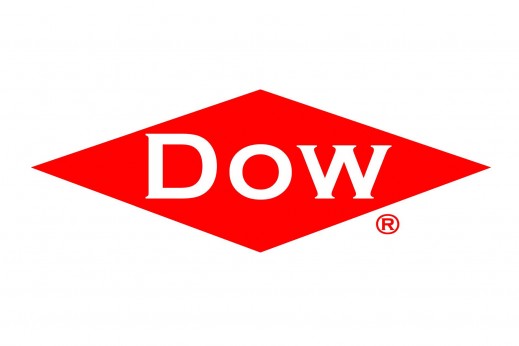Title Page
-
Document No.
-
5-S Audit
-
Client / Site
-
Conducted on
-
Prepared by
-
Location
-
Personnel
1. Sort (Remove non-essential items)
-
Is quarantine area set up?
-
Select date
-
This area is for items that will be removed from the process. It should be close by in the short term. Once the sorting step is completed the quarantine area can be located remotely so that items do not return easily.
-
Walk-through the process area and discuss removal of items with personnel.
-
Is the item required?
-
Where should it be located?
-
In what quantity is it needed?
-
If the item is not needed, red tag it.
-
Photograph the red tagged items
-
-
Red tagged items
-
Unusable items scrapped
-
Good and usable but no obvious recipient
-
Good usable with obvious recipient
-
Items still in question
2. Store (Arrange all necessary items in a designated place)
-
If items are used together they are stored together
-
If it can be moved, then make sure it has a marked home
-
Shared items in central location
-
Set limits for all items. Excess items should be made obvious.
-
Are the positions of the corridors, aisles, storage places clearly marked?
-
Are tools divided into specialised use and regular items?
-
Are boxes stacked to the proper heights?
-
Are fire extinguishers clear?
-
Are the floors clear of debris, cracks, protrusions?
3. Shine (Areas to be kept clean on a continuous basis)
-
Walk-through the area to check for soiled areas and machine defects
-
Defects?
-
Soiling?
-
Use tape to mark out the defects.
-
Defect to be repaired by?
-
Are there any machines spill ages?
-
Light bulbs working?
4. Standardise (Maintain)
-
Standard.
-
Equipment list
5. Sustain (way of life from now on)
-
Revisit the 5-S audit
-








